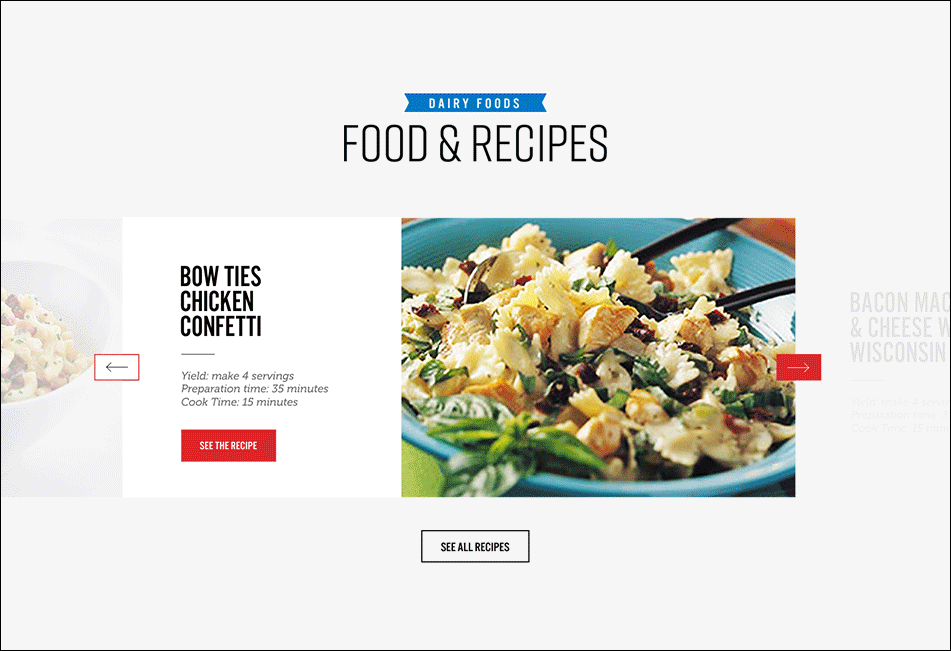Creating a Featured Content Slider with Slick Slider
Content sliders can provide an engaging visual way to showcase your website's unique content. Here's how to use Slick Slider to make a creative content slider.
Content sliders seem to be everywhere in web design, but it's not a design trend that will fade out anytime soon. Sliders can be set up quickly, add interaction to a visitor's web experience, and can showcase content on a relatively small space on a website.
While content sliders are great to have, they can also be awkwardly used if someone attempts to use them for the sake of being "cool" or "trendy". Here are some of the best times to use content sliders on a website:
1) Product tours
Sliders take large swaths of information and break it into manageable pieces. If there's an element to your product or service that's fairly complex, use content sliders to sort that information into sequential order or thematically.
2) Step-by-step processes
We just mentioned that sliders can be used to break larger processes down into a more understandable sequential order. However, sliders can also do wonders for giving people more details rather than less in a combination of visual elements and detailed text. Sliders are a perfect way to tell your product or service's story from start to finish.
3) Showcasing newest content additions
Don't let your content live solely on a blog! Feature those latest blog posts or news highlights where your website visitors can explore them. Sliders also draw more attention to the content placed there thanks to its interactivity than compared to a static blog or news page.
4) Portfolios
Sliders are one of the most tried-and-true ways to show off a portfolio or body of work -- especially if your website is rooted in visuals. Content sliders give your website visitors a way to scroll through your body of content and provides additional validation that your organization really does know what it's talking about.
Here's how to create a featured content slider using Slick Slider:
HTML
The HTML combines the necessary Bootstrap and Slick Slider classes so that the slides initialize on load:
CSS
A considerable amount of CSS is needed for all of the features such as the overlayed prev/next arrows:
JavaScript
Finally, you just need initalize slick slider upon document ready:
And with that, you have a valuable featured content slider that engages your website users and helps direct traffic to high-profile pages. Want to see how this tutorial could look on your site before you invest the time in coding? Try it out first in the JSFiddle below!







